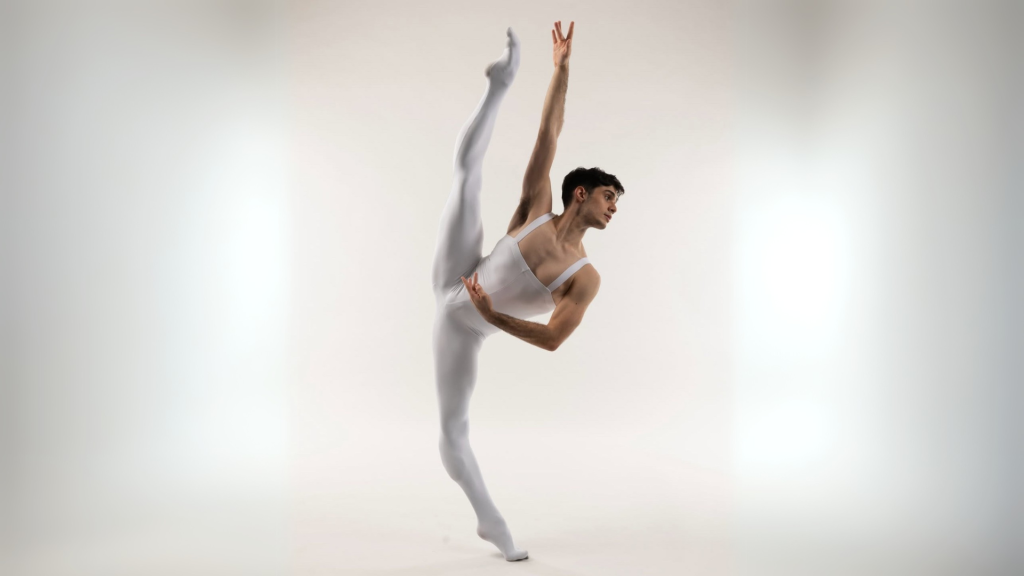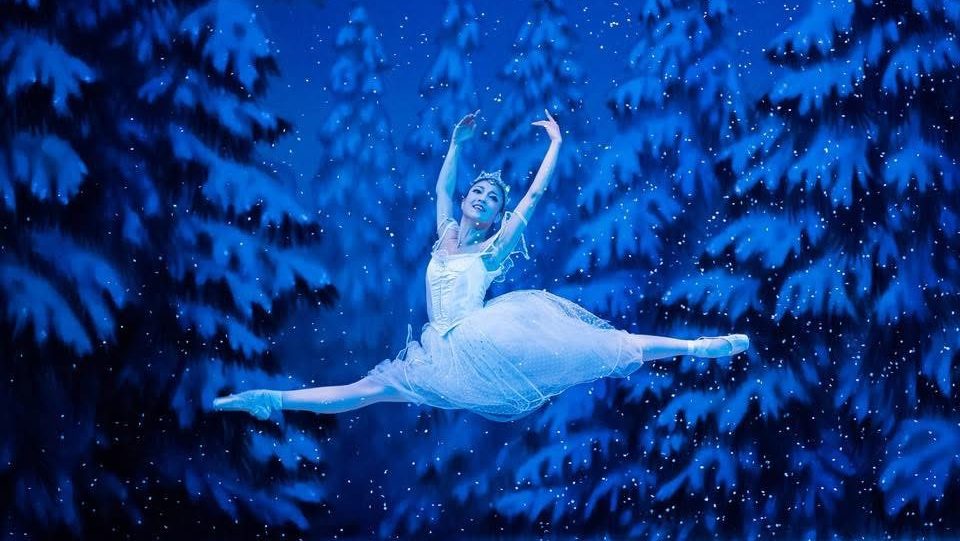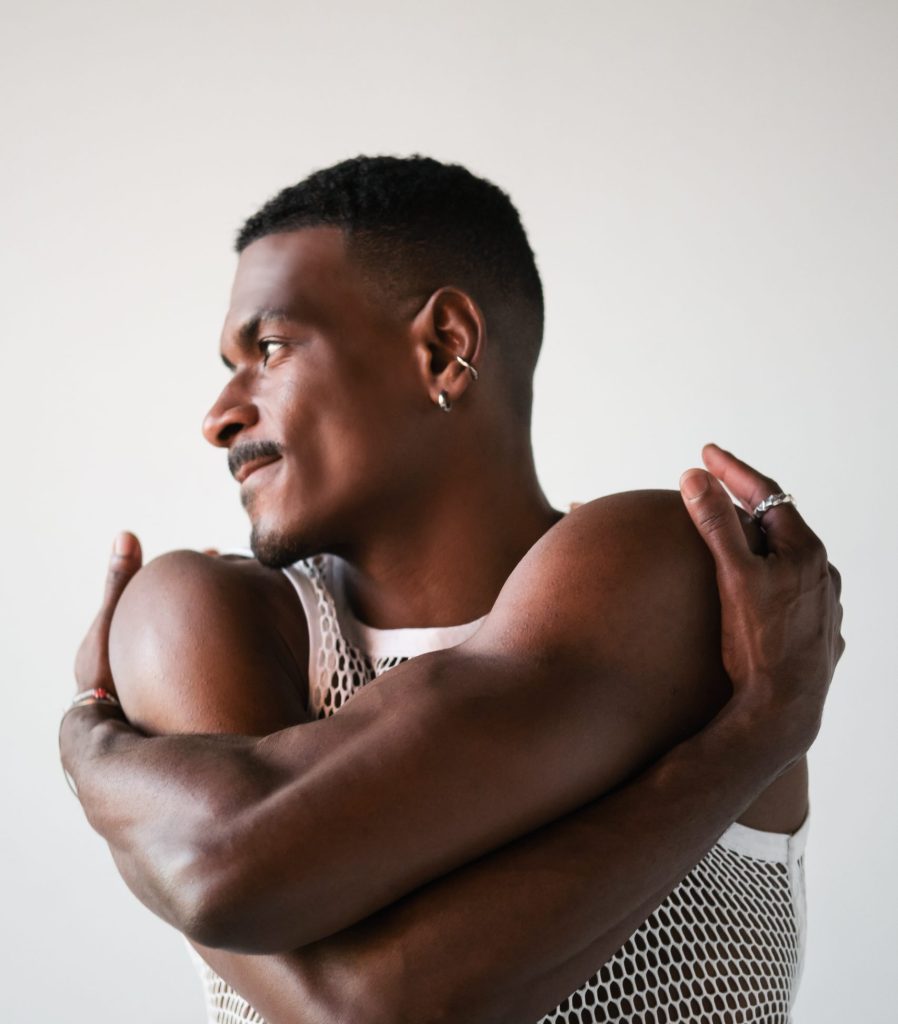As we kick off the first show of the season, we invite you to immerse yourself in the world of ballet—an art form with a language all its own. Rooted in French, this rich vocabulary transcends borders and generations, enhancing the experience for dancers and audiences alike. To deepen your appreciation of tonight’s performance and the upcoming season, we’ve compiled a glossary of essential ballet terms, their meanings, and origins. Whether you’re a seasoned ballet enthusiast or new to the art form, these terms will guide you through the grace and technique that define the beauty of ballet.
1. Adagio
Meaning: Slow, graceful movements that require balance and strength.
Origin: French for “at ease” or “leisurely.”
Usage: Adagio movements are often performed as part of a ballet class to develop strength, balance, and control.
2. Arabesque
Meaning: A pose where the dancer stands on one leg with the other leg extended behind the body at a right angle, creating a line through the back.
Origin: French, derived from the Arabic word “Arabesco,” meaning ornate or elaborate design.
Usage: Arabesque is a fundamental ballet position seen in many classical and contemporary ballets.
3. Assemblé
Meaning: A jump where the dancer’s feet or legs are brought together in the air and land together.
Origin: French for “assembled.”
Usage: Often used in combinations, an assemblé demonstrates the dancer’s ability to leap and land gracefully.
4. Barre
Meaning: A stationary handrail used by dancers for support during exercises to build strength, flexibility, and technique.
Origin: French for “bar.”
Usage: Ballet classes begin with barre exercises to warm up and strengthen the body.
5. Battement
Meaning: A beating movement of the leg.
Origin: French for “beating.”
Usage: There are many types of battements, including grand battement (a high kick) and petit battement (a smaller, controlled movement).
6. Chassé
Meaning: A gliding step where one foot chases the other.
Origin: French for “chased.”
Usage: Often used in transitions between movements, a chassé can add fluidity to a dancer’s steps.
7. Corps de Ballet
Meaning: The ensemble of dancers in a ballet company who perform as a group rather than as soloists.
Origin: French for “body of the ballet.”
Usage: The corps de ballet supports principal dancers and creates large, synchronized movements.
8. Croisé
Meaning: A position where the dancer faces one of the corners of the stage with the body angled and the legs crossed.
Origin: French for “crossed.”
Usage: Used to describe body alignment, croisé is one of the classical ballet body directions.
9. Demi-Plié
Meaning: A half bend of the knees while keeping the feet flat on the ground.
Origin: French for “half-bend.”
Usage: Demi-plié is one of the fundamental movements in ballet, helping to build strength and prepare for jumps.
10. Développé
Meaning: A movement where one leg is raised and extended outward in a controlled motion.
Origin: French for “developed.”
Usage: A développé is used to demonstrate balance, flexibility, and control.
11. En Pointe
Meaning: Dancing on the tips of the toes, achieved by wearing special shoes called pointe shoes.
Origin: French for “on point.”
Usage: Dancing en pointe is an advanced technique requiring strength in the legs and feet.
12. Fondu
Meaning: A movement where the dancer bends one leg while extending the other.
Origin: French for “melted.”
Usage: Fondu helps to develop control and coordination, particularly in the supporting leg.
13. Jeté
Meaning: A jump where the dancer leaps from one foot and lands on the other.
Origin: French for “thrown.”
Usage: The grand jeté, one of ballet’s most iconic jumps, involves leaping into the air with both legs extended.
14. Pas de Deux
Meaning: A dance duet, usually performed by a male and female dancer, characterized by coordinated movements and lifts.
Origin: French for “step of two.”
Usage: A pas de deux is often a central highlight in classical ballets, symbolizing a relationship between two characters.
15. Pirouette
Meaning: A turn or spin on one leg, often performed en pointe.
Origin: French for “whirl.”
Usage: Pirouettes are one of the most iconic movements in ballet and require balance and precision.
16. Port de Bras
Meaning: The graceful movement and positioning of the arms.
Origin: French for “carriage of the arms.”
Usage: Port de bras is essential in ballet, adding fluidity and expression to a dancer’s movements.
17. Révérence
Meaning: A bow or curtsey performed at the end of a ballet class or performance.
Origin: French for “reverence” or “respect.”
Usage: Dancers perform a révérence to thank the teacher or audience, symbolizing respect for the art.
18. Rond de Jambe
Meaning: A circular movement of the leg, either on the ground or in the air.
Origin: French for “round of the leg.”
Usage: Rond de jambe is often used in barre exercises to warm up the hips and legs.
19. Tendu
Meaning: A movement where the foot slides along the floor to a stretched, pointed position without lifting the toe.
Origin: French for “stretched.”
Usage: Tendu is a fundamental ballet movement used to build strength and precision.
Featured image by Bruno Horwath.










